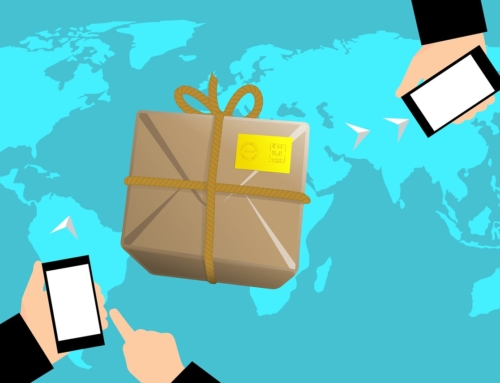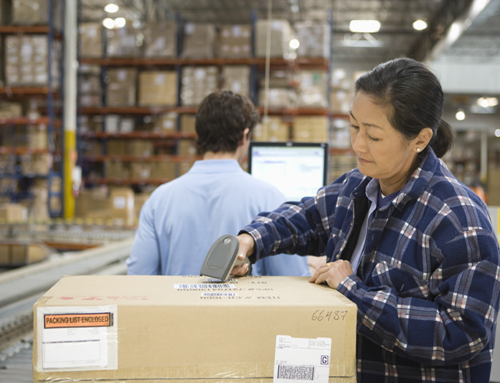For many eCommerce companies, the sheer volume of returns is overwhelming. This isn’t because they did anything wrong, necessarily, it’s just kind of the nature of the beast when items like clothing are being purchased without a chance to see them in person. Even if you’re not selling the latest Chucks and designer jeans (clothing has the highest return rate, hovering between 30 and 40 percent!), it can feel like your returns are just more lost revenue to add to a pile of other expenses. Luckily, that’s not entirely true. You, too, can turn those return lemons into logistical lemonade.
Opportunities or Catastrophes?
How your returns look to you will depend heavily on how you are already approaching their handling. Do you just toss them in the corner in the hopes that they’ll go away? Do you send them off and take whatever pittance someone will pay you? There are better ways to go about managing these returns…and getting more out of the process overall. You can take those returns and squeeze some value from the formerly unwanted items.
This is an opportunity to:
- Practice great customer service. Whether you see it this way yet or not, your reverse logistics arm is an extension of service after the sale. Your customer is unhappy, so you make it right. When you do it spectacularly, with little friction and a lot of speed, you’ve got a brand ambassador in the making.
- Increase transparency in your supply chain. For returns management to be successful, you’ve got to know where those returns are at any given moment. This is a great excuse to increase transparency between your departments and vendors.
- Upgrade processes and systems. There’s a good chance that your current system isn’t really equipped for the influx of returns that you’re seeing these days. It’s a normal growing pain for companies that are scaling. Now is the time to gather your data and use it to determine where to spend a little money so you can save a whole lot on returns.
Just because you take your opportunity where you can doesn’t mean that your reverse logistics efforts will immediately start to pay off. It can take time to get things just right, but at the end of the tunnel are proven benefits.
“Our investment in new processes and technologies was calculated to have an ROI of 7.5 months but was met in two months,” Stephen Fulghum, Device Logistics and Procurement Director for U.S. Cellular wrote in CIO Review. “Revenue recovery rates easily doubled in some cases, but in most cases saw no less than 10 percent improvement. Revenue recovery percentages continue to grow today as cycle times continue to lessen… [o]ur revised strategy and vision certainly enabled us to plan for the future, but as importantly, executing with excellence resulted in changing product returns from an expense driver to a lucrative, profit center.”
Even if your returns are a huge anchor around your neck right now, they can represent opportunities over the longer term. Just remember to take every chance you can to use them to increase your customers’ happiness while maximizing the value you can get from those returned items.







Leave A Comment